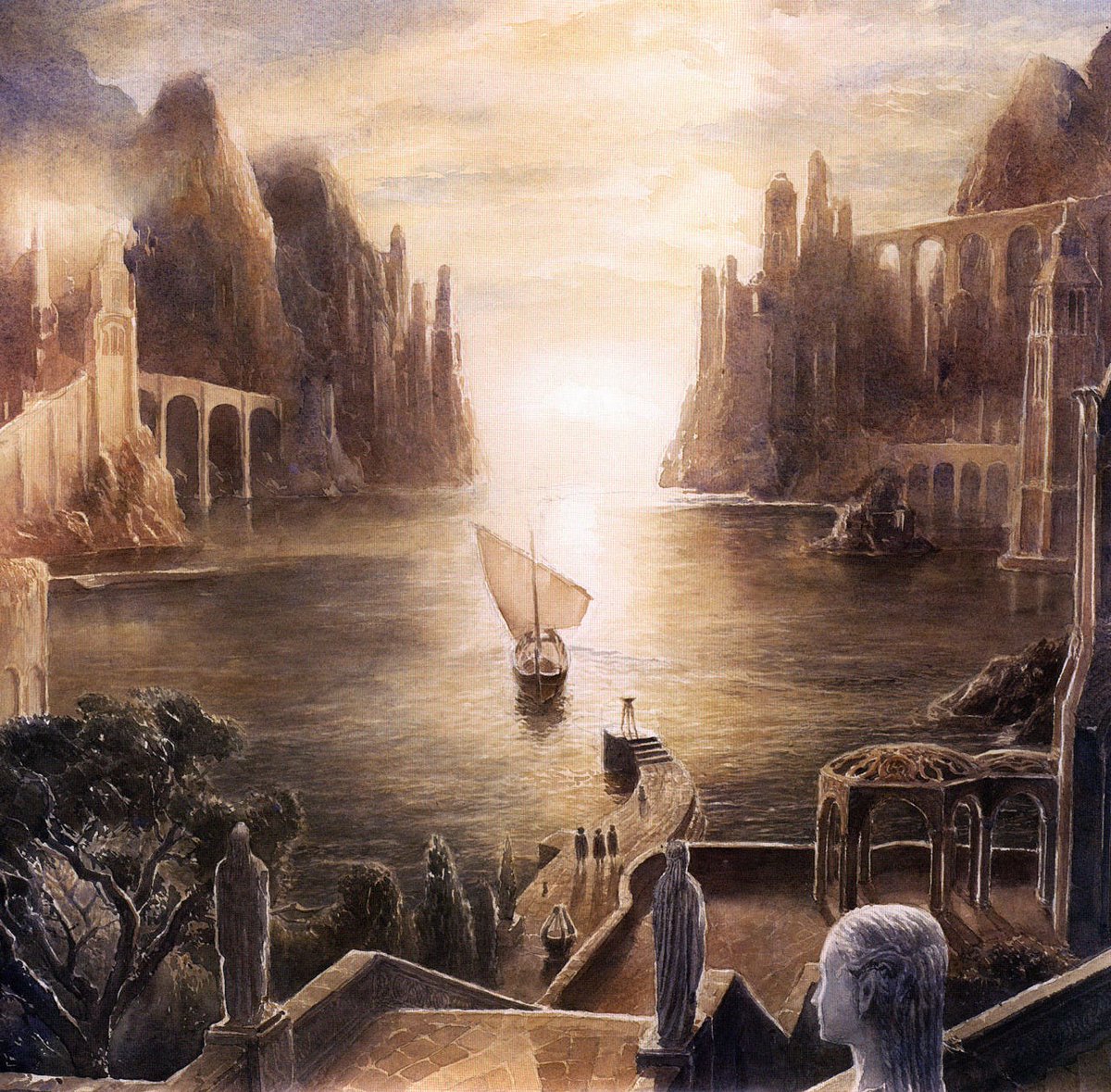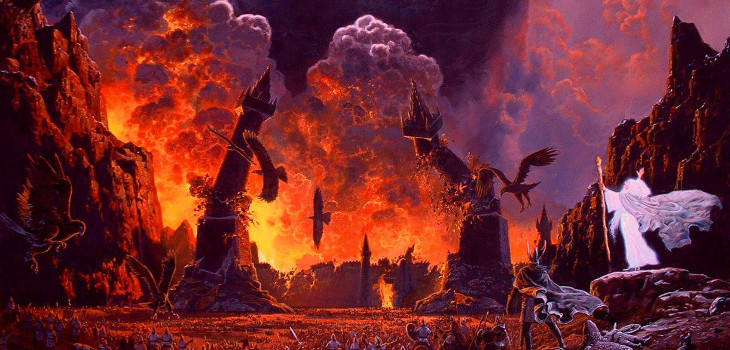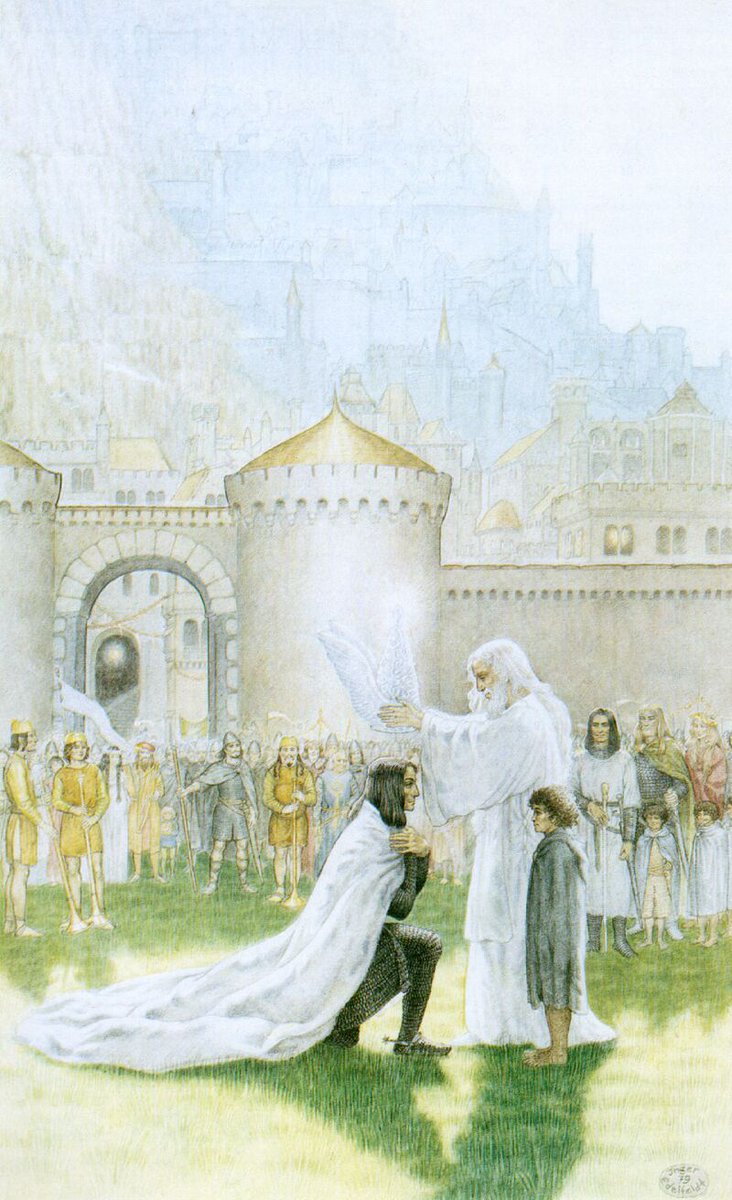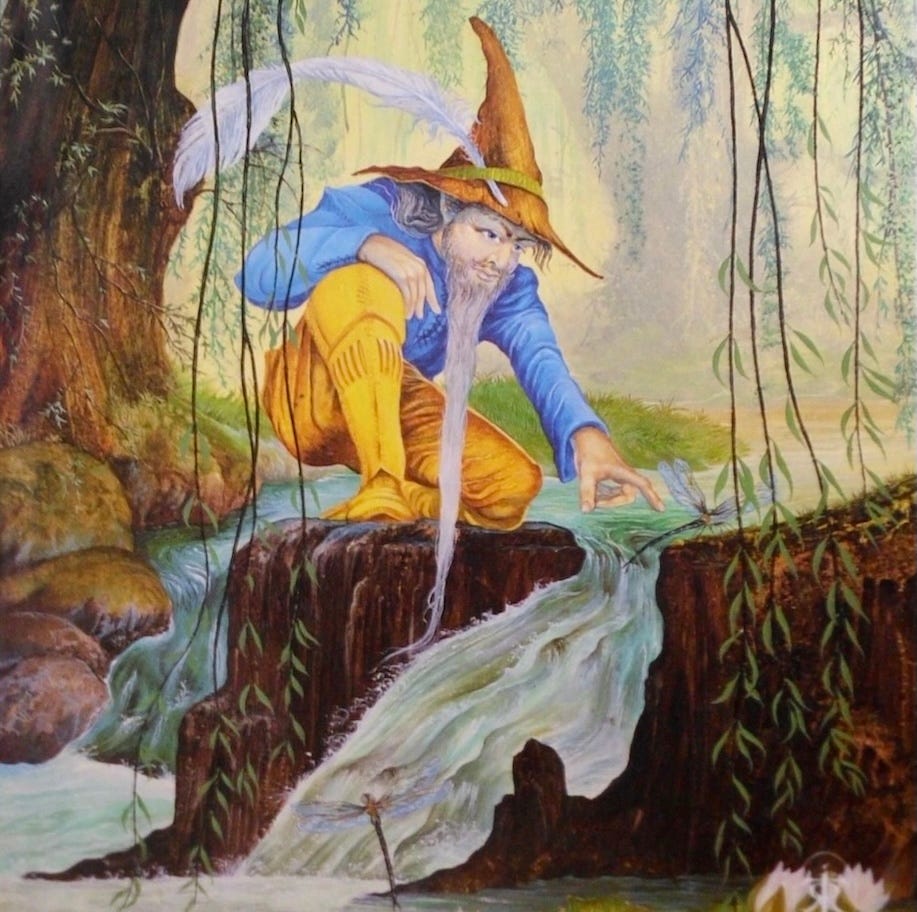America built some of the world's greatest architecture — then demolished it.
A thread of the most beautiful buildings that were razed, and why... 🧵
1. Cincinnati Library: destroyed for a parking garage
A thread of the most beautiful buildings that were razed, and why... 🧵
1. Cincinnati Library: destroyed for a parking garage

America's most beautiful library (built 1874) was demolished in the '50s for a parking garage.
Its cast-iron book alcoves were pulled down to move the library to a more "efficient" space — and the old site repurposed.

Its cast-iron book alcoves were pulled down to move the library to a more "efficient" space — and the old site repurposed.


2. Garrick Theater, Chicago
That's not the only thing demolished for more parking space.
The US has a rich heritage of theater design, although its best works are lost. This opulent theater was a landmark of early modern architecture, now gone.

That's not the only thing demolished for more parking space.
The US has a rich heritage of theater design, although its best works are lost. This opulent theater was a landmark of early modern architecture, now gone.


3. The Fisher Theatre, Detroit
This technically still stands (inside Detroit's Fisher Building), but the glorious "Mayan Revival" design was gutted in the '60s and modernized.
Before and after:

This technically still stands (inside Detroit's Fisher Building), but the glorious "Mayan Revival" design was gutted in the '60s and modernized.
Before and after:


4. Old Detroit Library
Detroit also had a majestic library, and like Cincinnati, a towering, sky-lit atrium. It was deemed an inefficient way to run a modern library in the 1930s, and razed along with all its delicate ironwork.

Detroit also had a majestic library, and like Cincinnati, a towering, sky-lit atrium. It was deemed an inefficient way to run a modern library in the 1930s, and razed along with all its delicate ironwork.

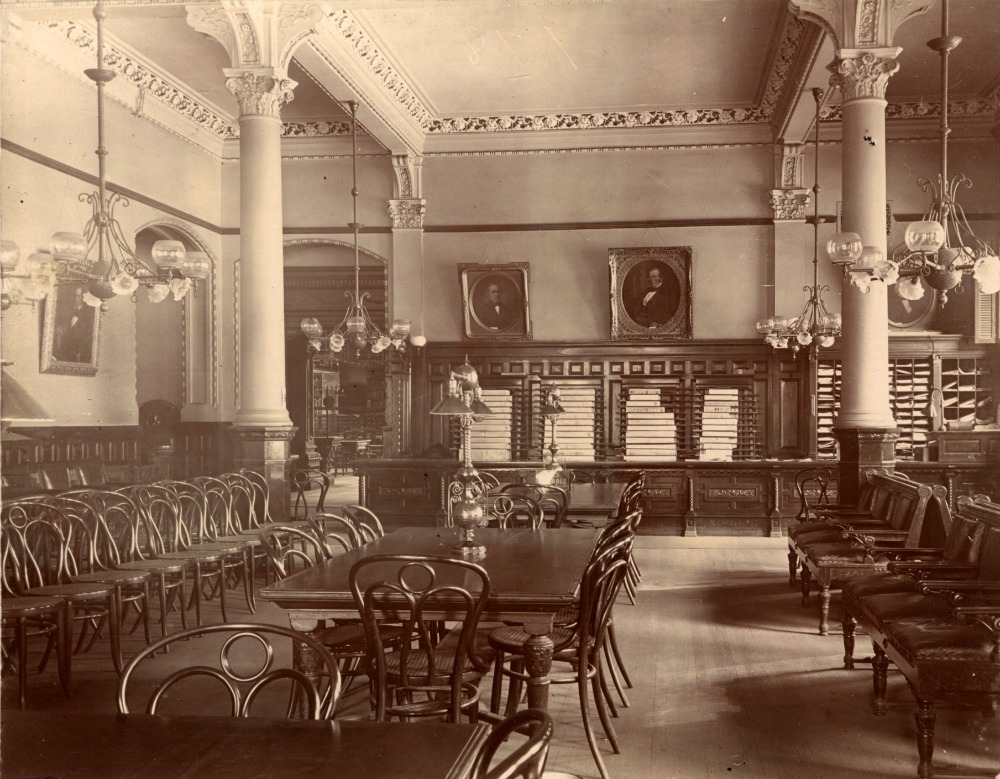
5. Chicago Federal Building
Demolished in the 1960s to make room for the endlessly expanding government departments to fit into. The Kluczynski Federal Building was the result of the eternal drive for efficiency...
Demolished in the 1960s to make room for the endlessly expanding government departments to fit into. The Kluczynski Federal Building was the result of the eternal drive for efficiency...
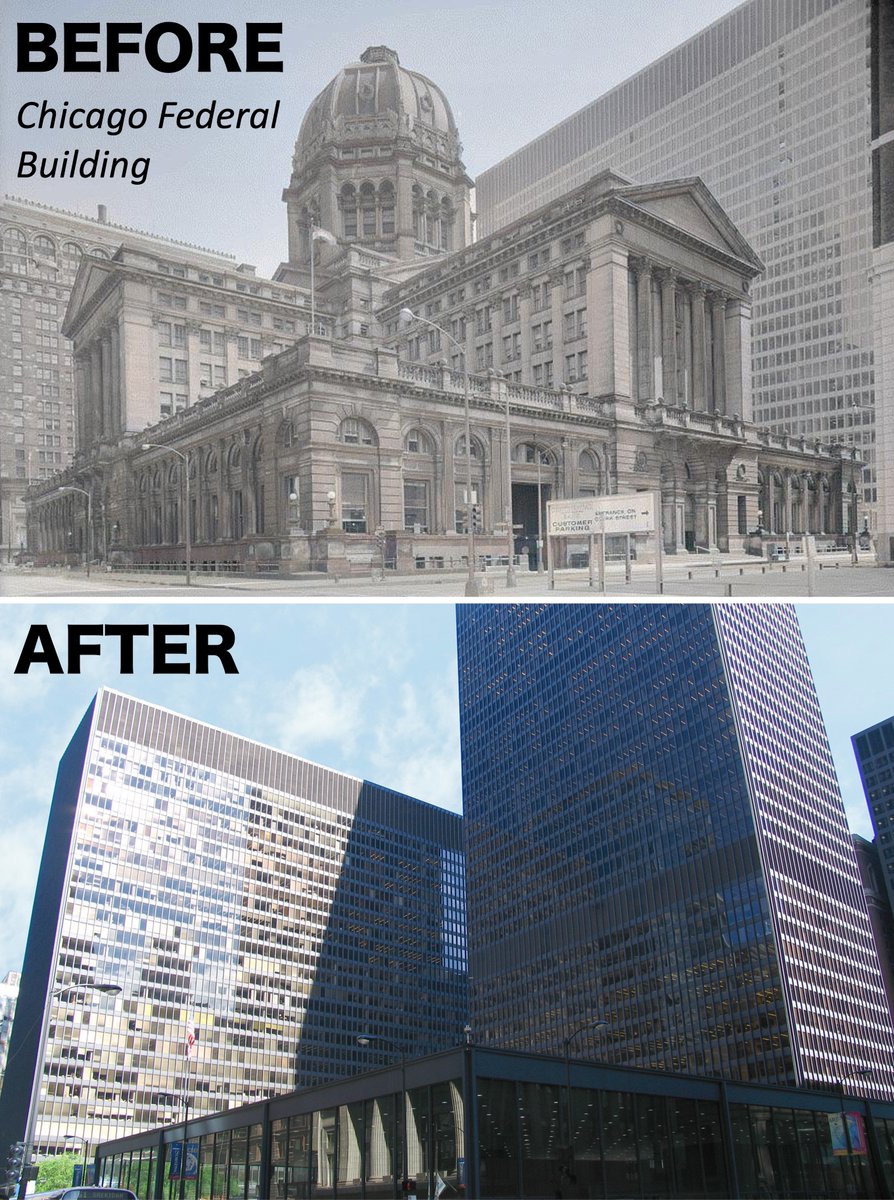
Chicago was stripped of the largest dome in the United States (larger than the US Capitol), and a true wonder of the Beaux-Arts age. 



6. Old Waldorf-Astoria Hotel, NYC
What was demolished to make room for the Empire State Building in 1929?
The world's largest and most luxurious hotel, and a German Renaissance masterpiece.

What was demolished to make room for the Empire State Building in 1929?
The world's largest and most luxurious hotel, and a German Renaissance masterpiece.

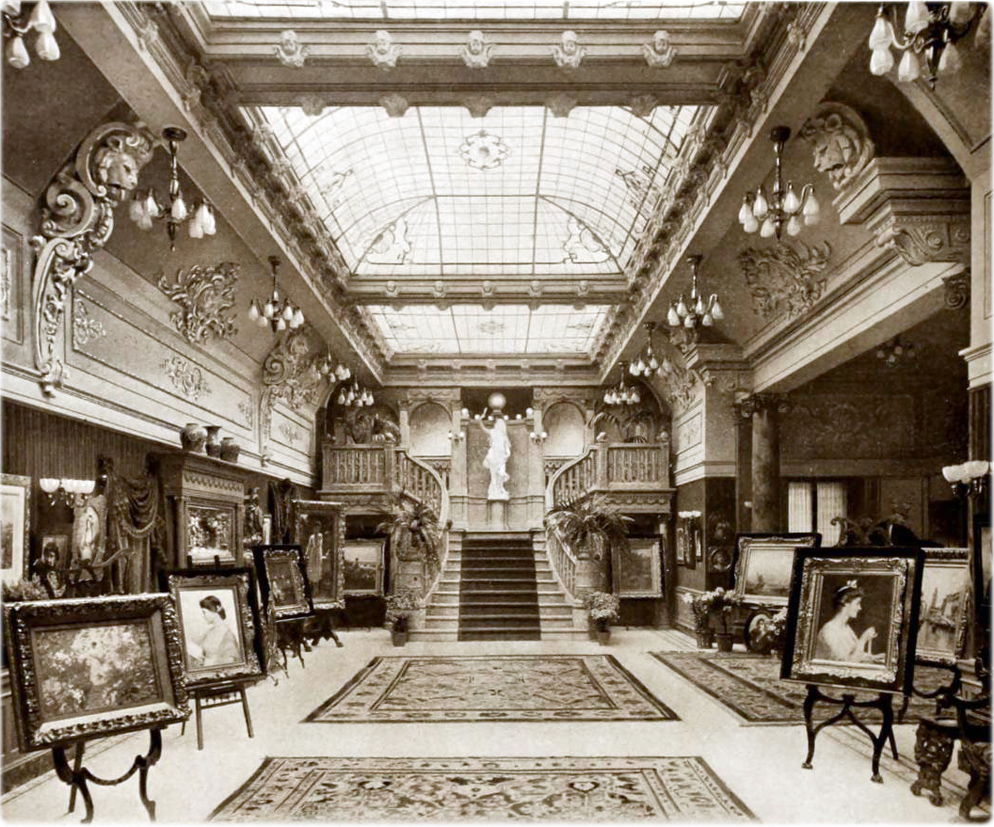
7. Old Penn Station, NYC
It's no exaggeration to say that New York built one of the greatest works of transport infrastructure the world had ever seen.
But then it was demolished 50 years later for Madison Square Garden, and the station pushed underground…

It's no exaggeration to say that New York built one of the greatest works of transport infrastructure the world had ever seen.
But then it was demolished 50 years later for Madison Square Garden, and the station pushed underground…
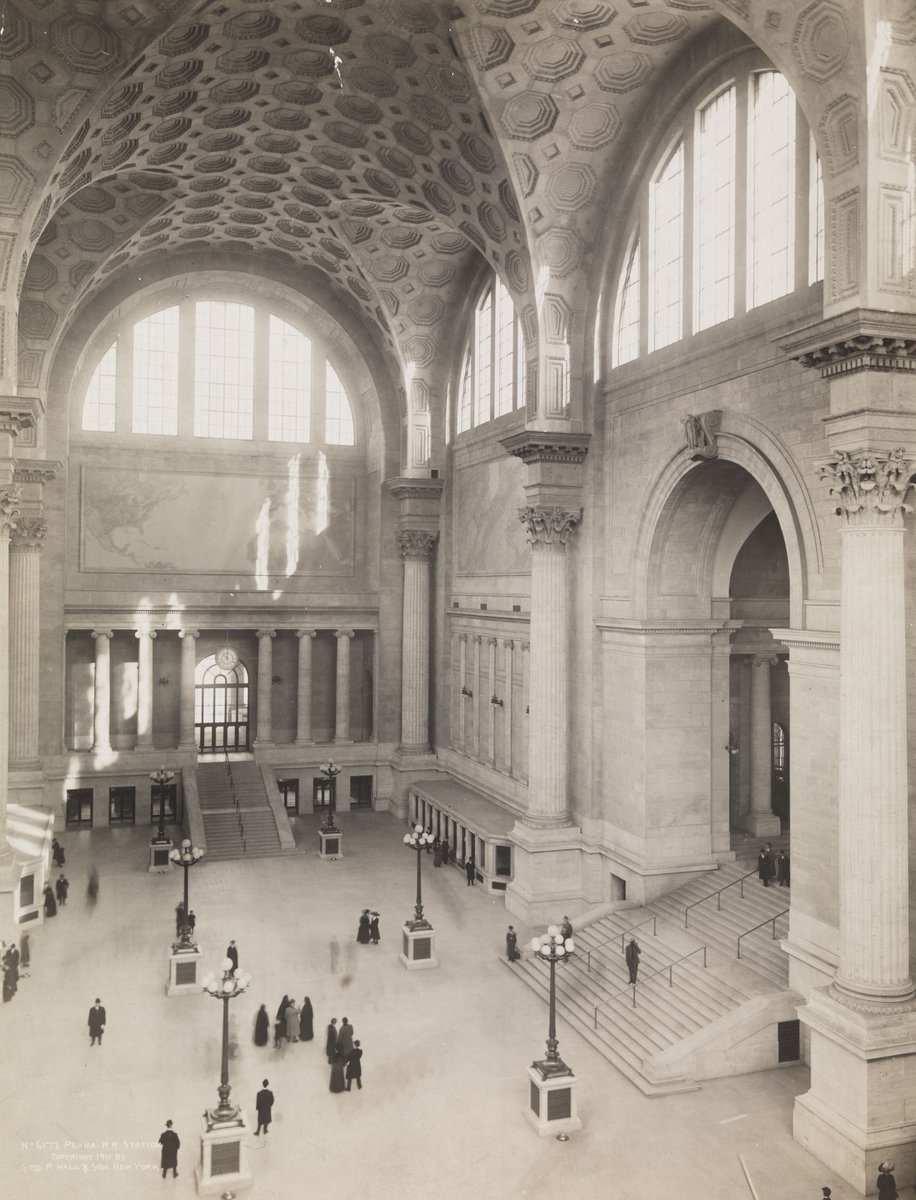

8. Birmingham Terminal Station
Another great train station demolished in the '60s — this time for a new highway. As the motorcar flourished and railways fell into disuse, Alabama's Byzantine / Beaux-Arts wonder was pulled down.
Another great train station demolished in the '60s — this time for a new highway. As the motorcar flourished and railways fell into disuse, Alabama's Byzantine / Beaux-Arts wonder was pulled down.
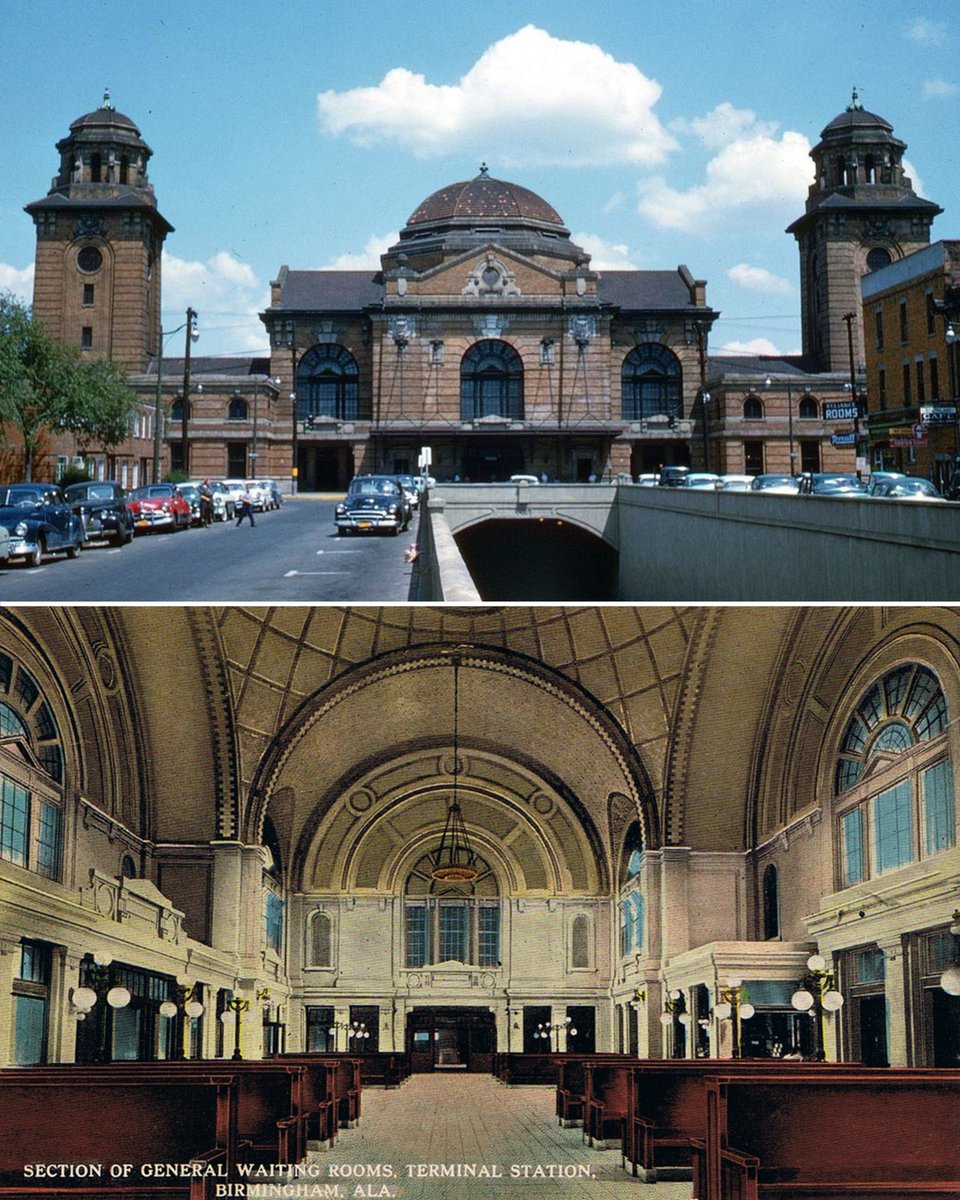
9. Old Met Opera House, NYC
The Metropolitan Opera Association moved to a new venue in the '60s, but didn't want competition from a new company acquiring the old site.
So they handed it to developers who demolished it for bland commercial property.
The Metropolitan Opera Association moved to a new venue in the '60s, but didn't want competition from a new company acquiring the old site.
So they handed it to developers who demolished it for bland commercial property.
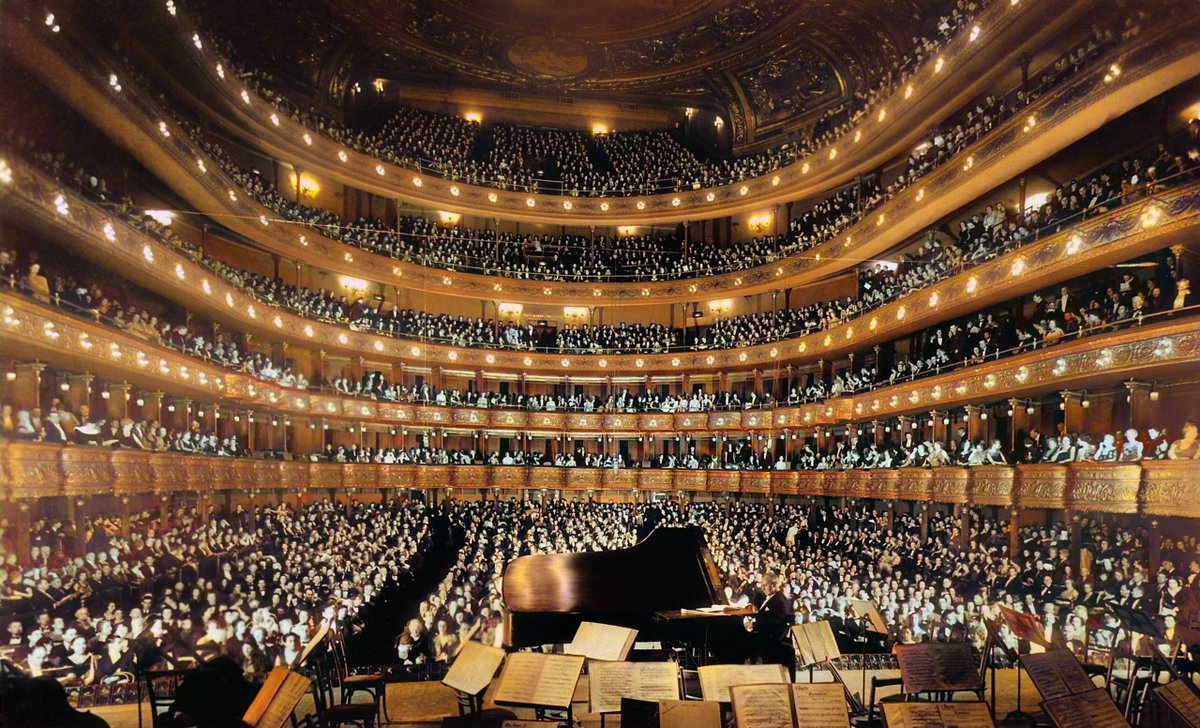
10. Erie County Savings Bank, Buffalo
Once the pride of Buffalo, before an "urban" renewal project of the 1960s came for it. The Romanesque design was pulled down for another bland, modernist tower to take its place...
Once the pride of Buffalo, before an "urban" renewal project of the 1960s came for it. The Romanesque design was pulled down for another bland, modernist tower to take its place...

The good news: a revival is coming.
We explain why Trump's federal architecture order matters in today's newsletter.
Join 100,000+ others to get it in your inbox (free) 👇
culture-critic.com/welcome
We explain why Trump's federal architecture order matters in today's newsletter.
Join 100,000+ others to get it in your inbox (free) 👇
culture-critic.com/welcome
One more: Festival Hall, St. Louis
A gem of classicism built for the 1904 World's Fair — although designed as a temporary structure (plaster and wood) to host large-scale musical pageants.
A gem of classicism built for the 1904 World's Fair — although designed as a temporary structure (plaster and wood) to host large-scale musical pageants.
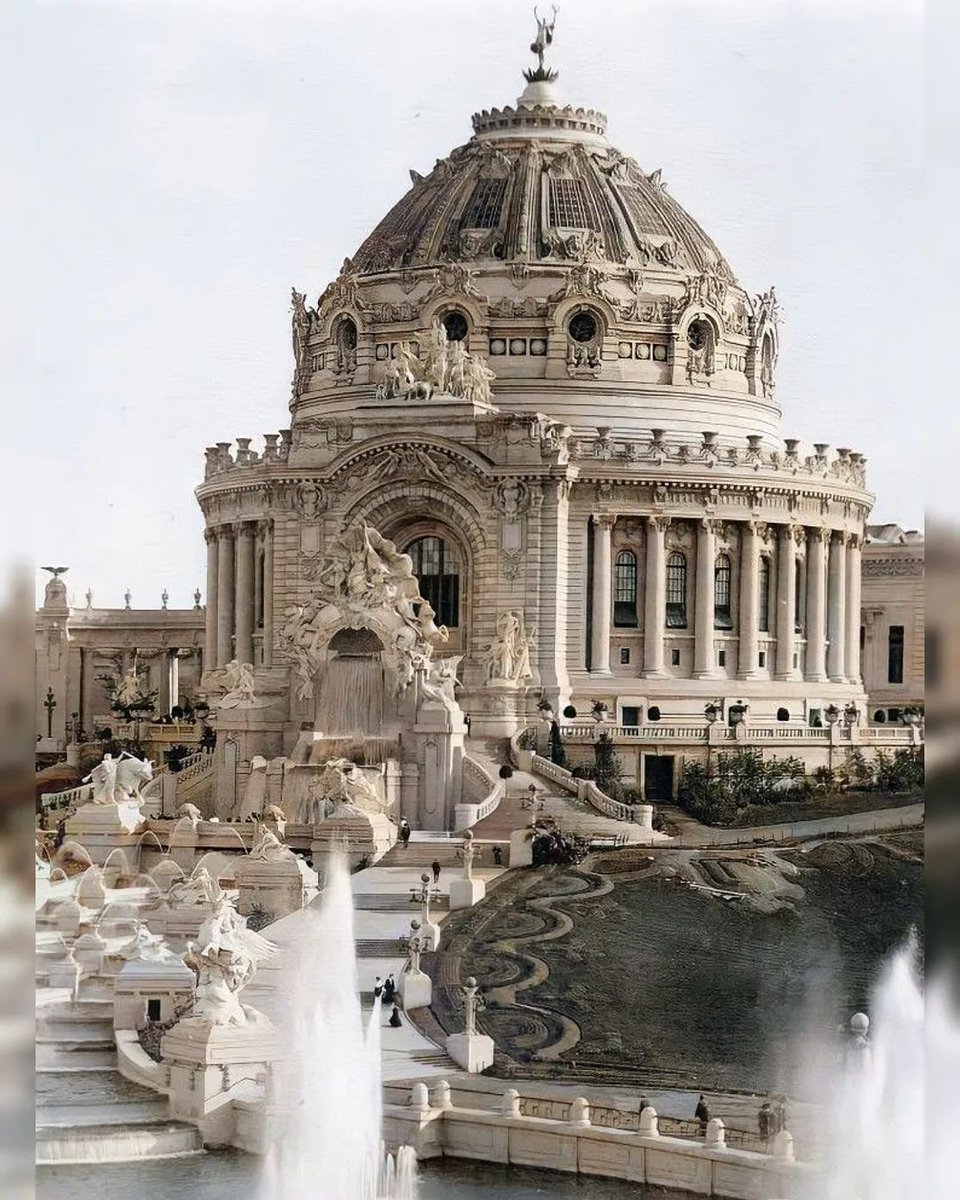
• • •
Missing some Tweet in this thread? You can try to
force a refresh



